Gearing Up for the 2013 Sniper Adventure Challenge
Gearing Up for the 2013 Sniper Adventure Challenge
The Competition Dynamics Sniper Adventure Challenge is unique among adventure races. It combines traditional orienteering with long rifle, carbine and pistol shooting as well as various tactical challenges. No other race that I know of contains this combination of non-stop physical effort, problem solving and field craft. Last year’s SAC included extreme tests of physical resilience, cryptography and other logic puzzles, tactical marksmenship, escape & evasion and navigation over a grueling 30 mile course. 40% of teams would drop out during the race.
For 2013, Zak Smith and Competition Dynamics are back, but have split the Sniper Adventure Challenge into two classes; Sprint and Endurance. While competitors can expect challenges similar to 2012, the terrain is completely different and Zak will be sure to include plenty of surprises and unforeseen obstacles. The Endurance class is described as “24-40 hours of continuous challenge, 30-40 miles of foot navigation” and is our chosen competition class. Both my teammate and I are SWAT snipers for a California law enforcement agency. We’ve never attempted any competition on the scale of the SAC Endurance, but we’re hoping our combination of military, law enforcement and mountaineering experience will help carry us through.
Gear Selection
A basic tenet of lightweight backpacking is the lightest gear is the gear you don’t bring. Traveling 30-40 miles on foot means even the lightest ounce in your pack at the start will feel like pounds of rocks as you near the end. We wanted to be prepared, but do so with as little excess weight as possible.
Nearly every item on the required gear list is a safety item, so there is no doubt that competitor safety is of the highest priority for the race organizers.
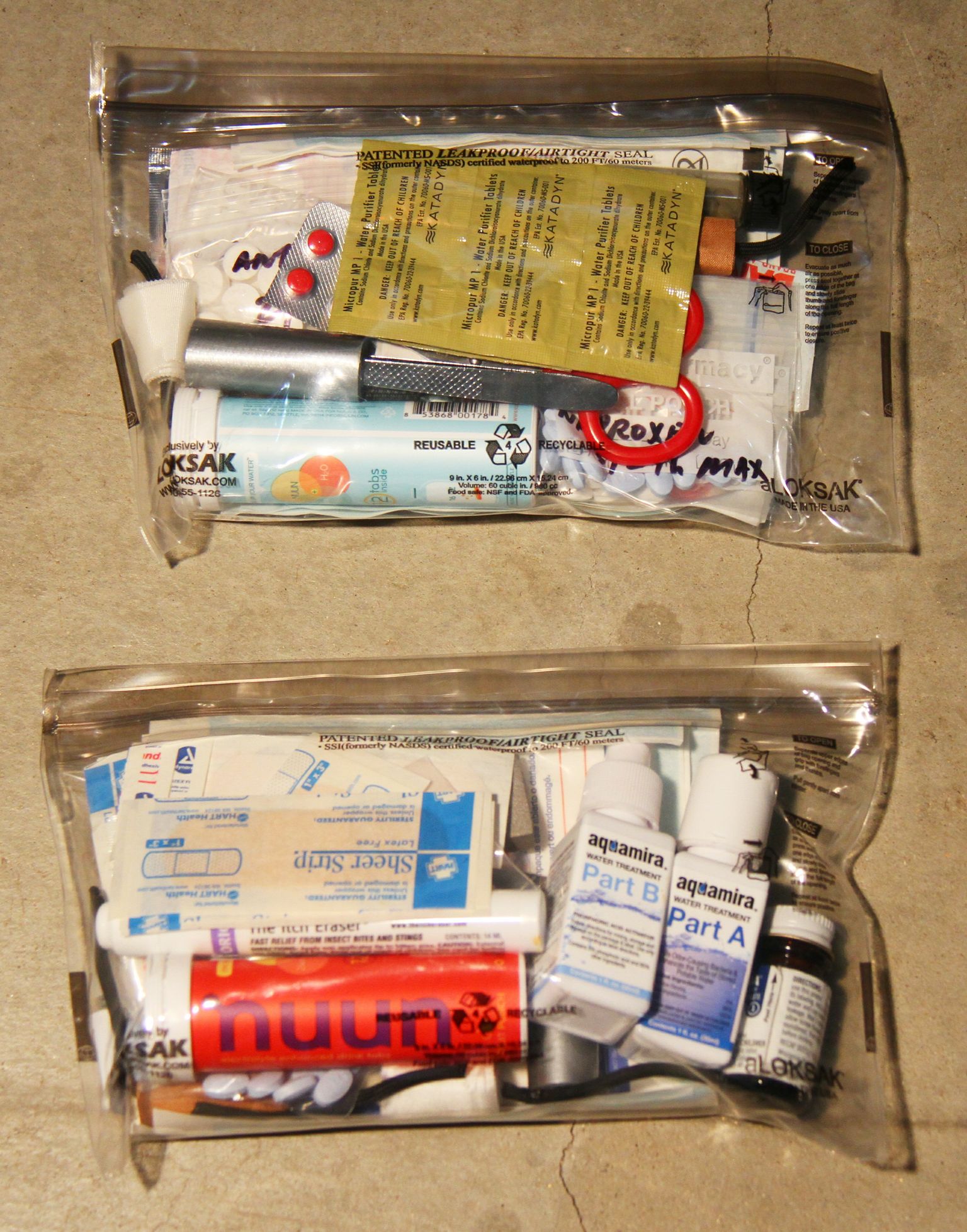
The Ten Essentials are covered with extra emphasis on Signals; a flare launcher and military strobe lights are required. There is not much wiggle room in the rules here, but we still wanted our safety gear to be as small and light as possible.
For our first aid kits, we leaned heavily on ITS Tactical’s Lightweight DOPP Kit writeup, repacking our supplies in mini containers, pill pockets and aLOKSAK bags.
Our trauma kits follow the same philosophy, taking all the necessary blowout supplies and packing them tight in sealable waterproof bags. I eliminated as much of the non-sterile packaging as possible to reduce bulk and weight in our kits.
Another tenet of lightweight backpacking is that multi-use gear should be prioritized above others. Shooting sticks and trekking poles are both invaluable, but with the straps looped over the poles, my trekking poles serve as both. You don’t need a bipod when you train shooting off your pack.
We decided on variable zoom scopes with front focal plane mil dot reticles for both our weapons to eliminate the need for binoculars or spotting scopes. Good optics are also very heavy, but with mil dot reticles in both our scopes, we can spot for each other without the additional gear.
Weapon Selection
The SAC rules specify that each team be composed of a long rifle shooter and a carbine shooter. Each team member must also carry a handgun and they may not switch weapons or roles during the competition. All ammunition, shooting accessories and optics must be carried by the team throughout the race.
My teammate and I agonized over our weapon loadout and changed our minds several times during preparation. Fortunately, we had the luxury of having several weapon systems to choose from. With long rifle targets out to 1500 yards and carbine targets out to 500 yards, my initial thought was larger calibers would give us a definite advantage. Out past 800 yards, the reduced wind deflection with a .338 caliber projectile would be helpful, although shooting past 800 yards is difficult and highly technical with any caliber. For the long rifle, we initially decided on an AIAW in .338 caliber. A .308 caliber Rock River AR10 would serve as the carbine.
The size and weight of these weapons, particularly the AI .338, necessitated Eberlestock Gunslinger packs to carry comfortably over long distances. Over a few training hikes, however, the Gunslingers proved to be less comfortable than I had hoped. Eberlestock gear has served me well through multiple callouts and years of training, so I know their packs are bomber tough. Bomber tough is also heavy. With our full loadout and ammunition, our packs passed the 50 pound mark. We had to downsize. It was about time our weapon loadout philosophy matched our lightweight gear philosophy.
In a compromise between effective range and encumberance, we decided on an AIAW .308 for the long rifle and a Colt AR15 in .223 for the carbine. Between the weight differences in the weapons and lighter, smaller caliber ammo, my teammate and I each reduced our packs by over 10 pounds.
Only after downsizing our weapons and scrutinizing every piece of gear were we able to succeed in getting our packs, including ammunition, water and food, into the 30 pound range. Even if it costs us in points on the long range targets, points earned in the other challenges and getting to additional bonus checkpoints could make up that difference.
Even with all the gear preparation, marksmenship practice and training hikes, the SAC Endurance is going to be the longest, toughest 40 hours around. In my opinion though, there’s not really any kind of recreation more patriotic than spending time in the wilderness testing your physical and mental limits. I am definitely looking forward to celebrating Fourth of July 2013 at the Competition Dynamics Sniper Adventure Challenge.
Editor-in-Chief’s Note: Please join us in welcoming Arthur Guo as a contributor on ITS Tactical. Arthur has been a peace officer in Southern California for the last nine years. He’s worked a variety of assignments in LE and has been a SWAT Sniper for the last four years. Arthur is also an avid rock climber and mountaineer.






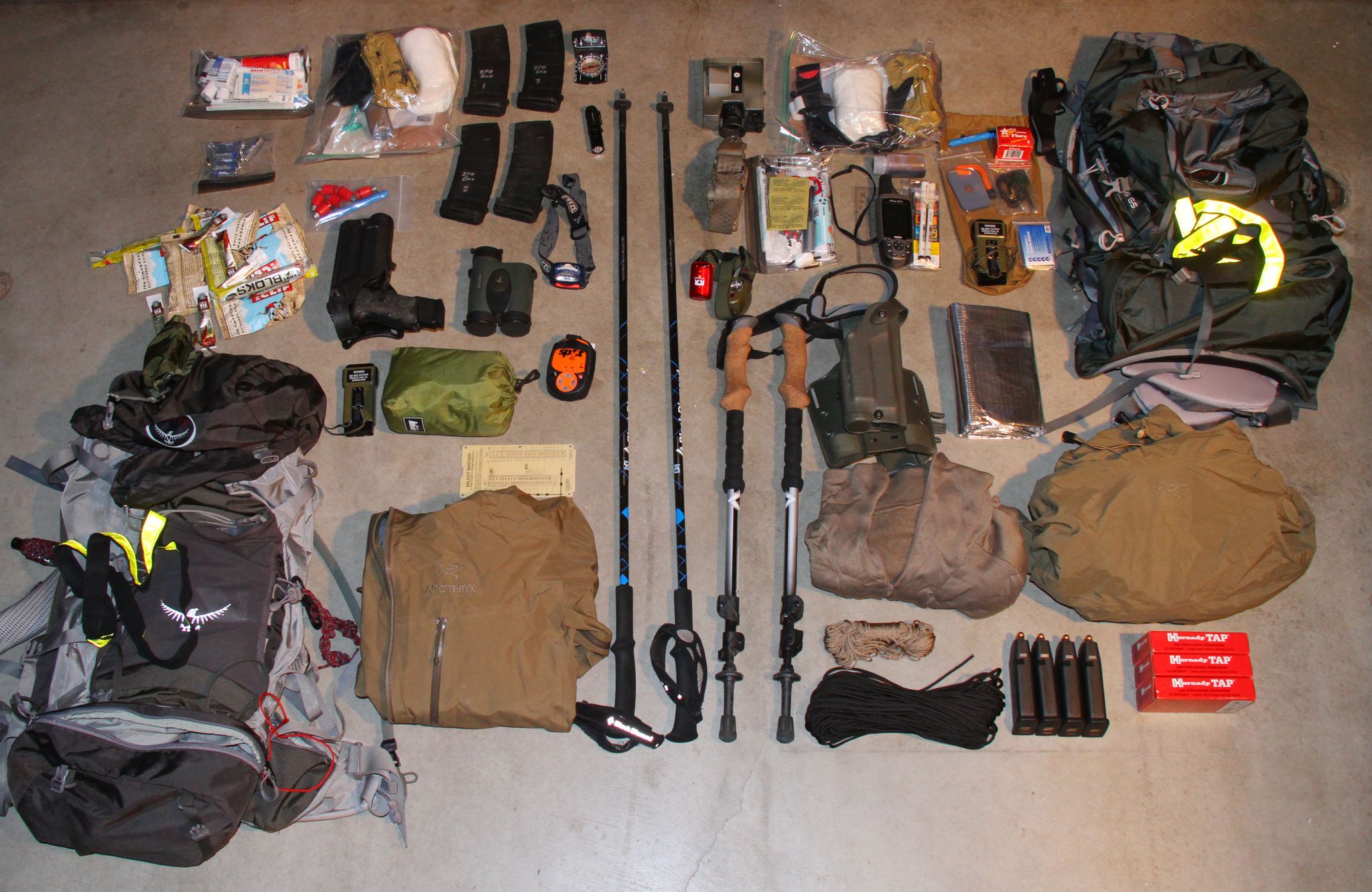
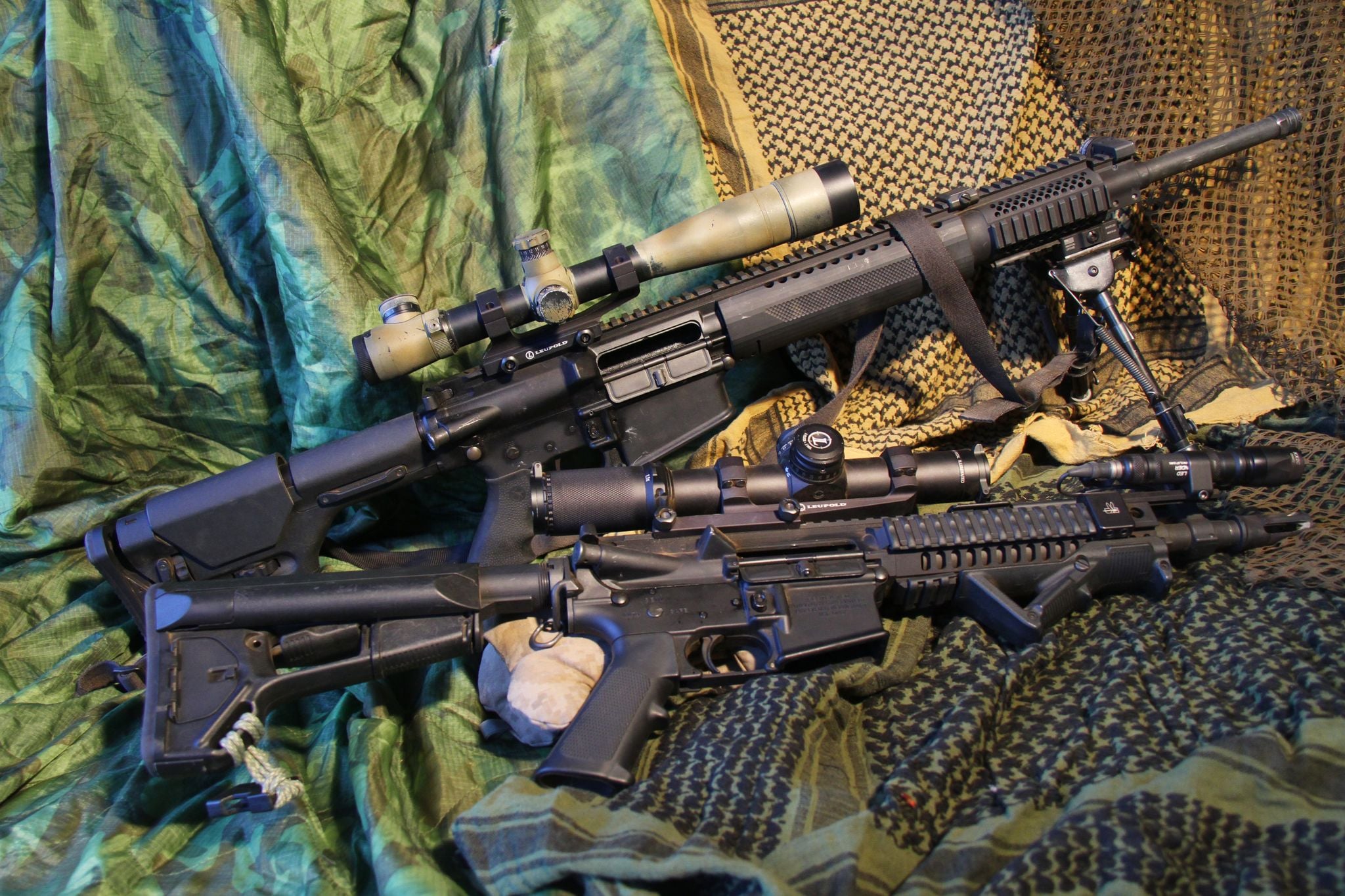
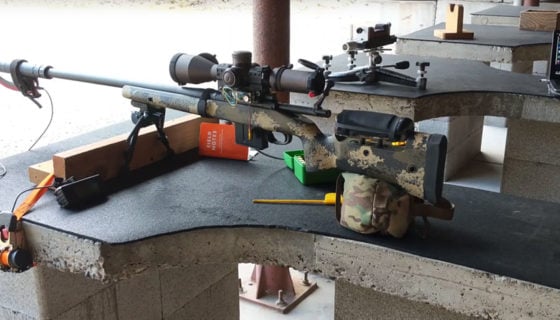
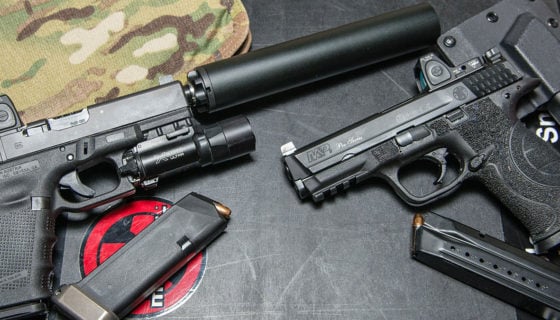
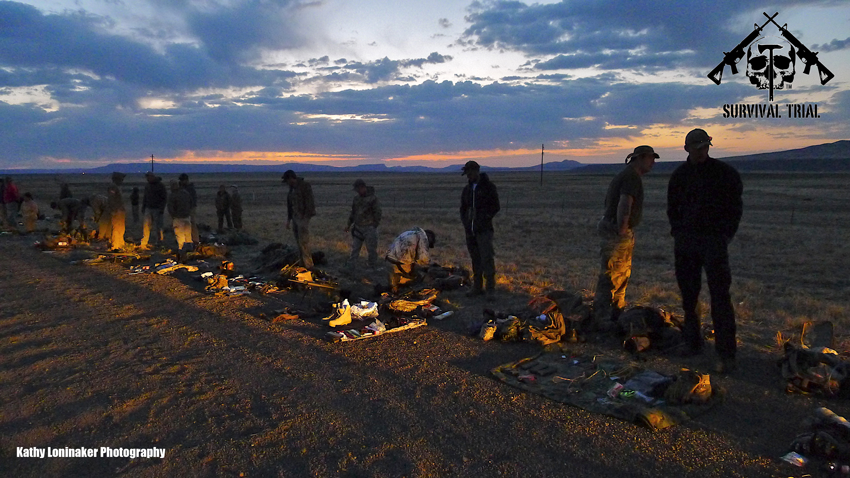


Discussion